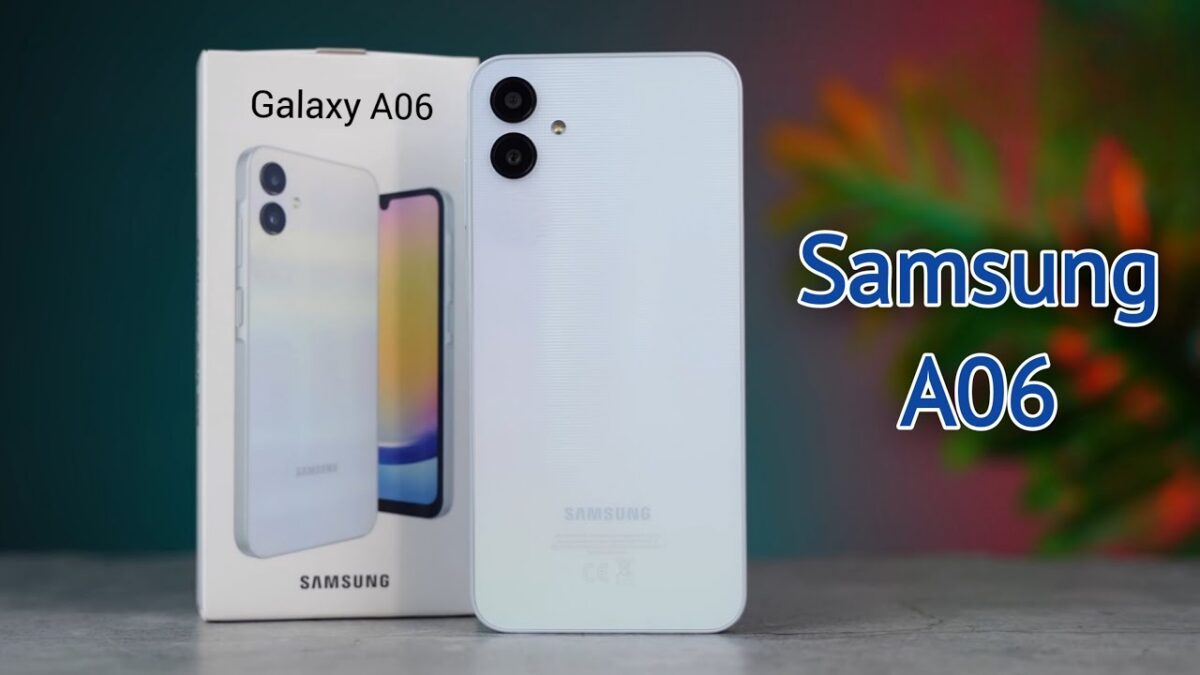Silk has long been associated with luxury, comfort, and beauty, but recent advancements in silk technology push its boundaries far beyond its traditional uses. From anti-aging innovations to eco-friendly applications, silk is evolving into a modern marvel. Many products are made with silk, like mulberry silk sleep eye masks, pillowcases etc.
This article explores the latest developments in silk technology and showcases how this timeless material is being reimagined for the future.
1. Anti-Wrinkle Innovations in Silk Products
Silk’s natural properties are ideal for anti-aging skincare, and modern technology has enhanced these benefits.
- Silk-Infused Skincare: Advanced formulations now include hydrolyzed silk proteins, which help lock in moisture, promote collagen production, and smooth fine lines.
- Silk Pillowcases for Anti-Wrinkle Benefits: New designs feature denser weaves and enhanced finishing processes to maximize smoothness and reduce facial creases during sleep.
2. Silk in Sustainable Textiles
Silk is being redefined as a sustainable alternative to synthetic fabrics.
- Regenerated Silk: Scientists are developing silk fabrics from recycled silk fibers, reducing waste and conserving resources.
- Biodegradable Silk Blends: Innovations combine silk with other natural fibers to create textiles that decompose naturally, leaving no environmental footprint.
3. Smart Silk Materials
Integrating technology into silk has opened doors to futuristic applications.
- Temperature-Regulating Silk: Advanced silk fabrics now feature temperature-sensitive coatings, making them ideal for all-season clothing.
- Conductive Silk: Researchers are exploring silk’s potential in wearable technology, embedding silk fibers with conductive materials for smart clothing and medical monitoring devices.
4. Medical Applications of Silk
Silk technology is revolutionizing healthcare with its biocompatible and durable properties.
- Silk-Based Biomaterials: Silk is being used to create sutures, tissue scaffolds, and even drug delivery systems due to its natural compatibility with the human body.
- Anti-Bacterial Silk Fabrics: By infusing silk with natural antimicrobial agents, manufacturers are producing textiles that resist bacteria, making them ideal for medical uniforms and bedding.
5. Silk in Everyday Wearable Tech
Silk’s unique properties have made it a prime candidate for wearable innovations.
Imagine a world where your shirt or scarf doubles as a health tracker. By embedding silk with electronic components, researchers are creating soft, breathable wearables that monitor vital signs without compromising comfort or style. These advancements also make silk a preferred material for athletic and wellness gear, seamlessly blending luxury with functionality.
6. Silk in Environmental Applications
Beyond fashion and beauty, silk is finding a place in eco-friendly solutions.
- Silk Water Filters: Advanced silk membranes are being developed for water purification, leveraging silk’s porous structure to remove impurities effectively.
- Silk for Air Filtration: High-tech silk fabrics are being adapted to create sustainable air filters, offering an alternative to synthetic options.
Conclusion
Silk’s journey from a natural fiber to a high-tech material highlights its incredible adaptability and potential. As technology continues to evolve, silk will likely play an even more significant role in fashion, beauty, medicine, and sustainability.
By investing in 100% real silk products that utilize these advancements, you’re not only enjoying luxury but also supporting a future where innovation and tradition coexist beautifully.




